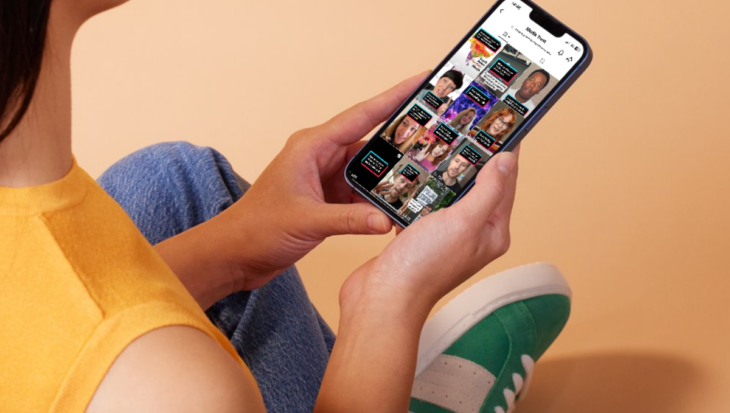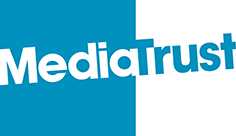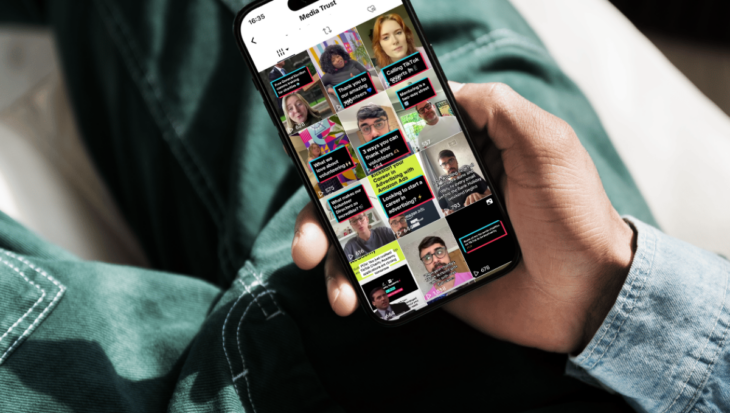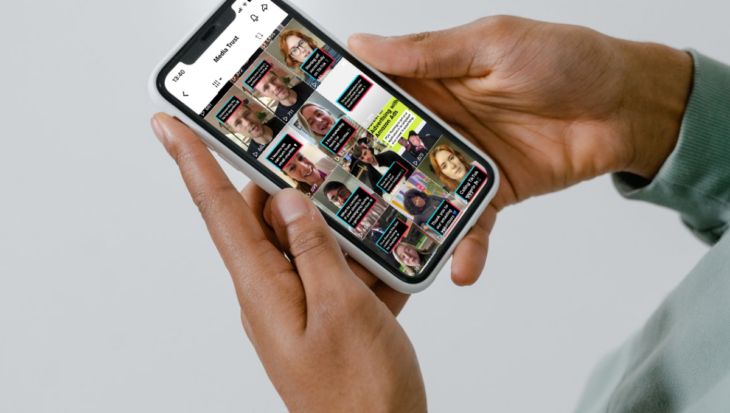Press Release Formatting:
When crafting your press release, ensure it follows best practices for clarity, succinctness, and correct styling. Avoid overusing exclamation marks, which can sometimes detract from your message.
Remember to paste your press release directly into the body of an email rather than sending it as an attachment, as attachments may get filtered out of some recipients’ inboxes.
Need some more support writing and formatting your press release? Head to our Writing a Press Release guide.
Finding Journalists:
Finding the right journalists to pitch your press release to can be time-consuming, but this task is crucial for effective outreach. Keep in mind that journalists frequently change organisations and roles, so double check contact details before reaching out, and don’t be disheartened if you get a bounce back.
We recommend utilising free tools like RocketReach and Any Mail Finder to streamline the process. When searching, focus on finding journalists who specialise in topics relevant to your charity’s work.
Twitter/X is a tool in itself: try searching the handle of the publication in X, then clicking on ‘People’ in the results. Many journalists tag the publication in their bio.
Emailing Your Press Release:
Crafting personalised emails is key to making your pitch stand out. Keep your email subject lines short and snappy, ideally under 40 characters or nine words, and avoid using emojis.
It’s best to personalise your emails by addressing journalists by name and mentioning the publication they write for. If you have a prior relationship with a journalist, mention it in your email to establish rapport. Avoid generic email openers where possible, and tailor your message to each recipient.
Distribution Email Example:
Looking for a place to start with your distribution email? Here’s an example:
Hi [journalist’s name],
I’m excited to share details of a new charity street art campaign by [your charity], raising awareness of life-limiting conditions by creating incredible murals around (location).
The murals, by three up-and-coming street artists, will be unveiled on (date). We have some work-in-progress photos to share [hyperlink to download], and we will share the finished pieces on (date). We hope that this is of interest for your Lifestyle section.
If you’d like to interview one of our street artists, we also have interview time available from (times and date) with [name]. Let us know what timeslot works best for you.
Please see below for the full press release and get in touch if you need any further information.
Kind regards,
[Your name]
Including Imagery:
Visuals can significantly enhance your press release. Include hyperlinks to high-resolution image files that journalists can easily download. Platforms like WeTransfer and Dropbox are great for sharing large image files.
Ensure that your images are of the highest quality, ideally with a resolution of 300DPI, to avoid appearing pixelated or blurry when printed. Remember to credit photographers and ensure compliance with relevant copyright laws.
Images created by your volunteers must be signed over to you, as copyright automatically belongs to the person who took the photo, even if they used your equipment and they were set the task in their volunteering role.
Follow Up:
After sending your press release, send a polite follow-up email if you haven’t received a response after a reasonable amount of time. Use the ‘reply all’ function to create a thread and ease of reference.
Respect journalists’ preferences for communication, whether it’s email or phone, and avoid excessive follow-ups unless absolutely necessary. If your press release is published but contains errors, inform the journalist promptly so that they can make corrections.
Follow Up Email Example:
Here’s an example of a follow up email:
Hi [journalist’s name],
I’m writing to check that you received my email on (date) about our new charity street art campaign (see full details below).
This is an exciting campaign for us, as it involves working with three up-and-coming street artists to raise awareness of life-limiting conditions. We hope this is something you’d like to cover in the Lifestyle section of the website.
As a reminder, we have high-resolution press images available of the artworks in progress [link], as well as interview time with one of the street artists on (date); slots are available from (time).
Best wishes,
[Your name]
Now you have everything you need to send your press release to the right journalists, make an impact in their inbox, and follow up professionally. By following these tips, you can increase the chances of your charity’s press release getting noticed and getting the media coverage it deserves.
We wish you the very best of luck!




